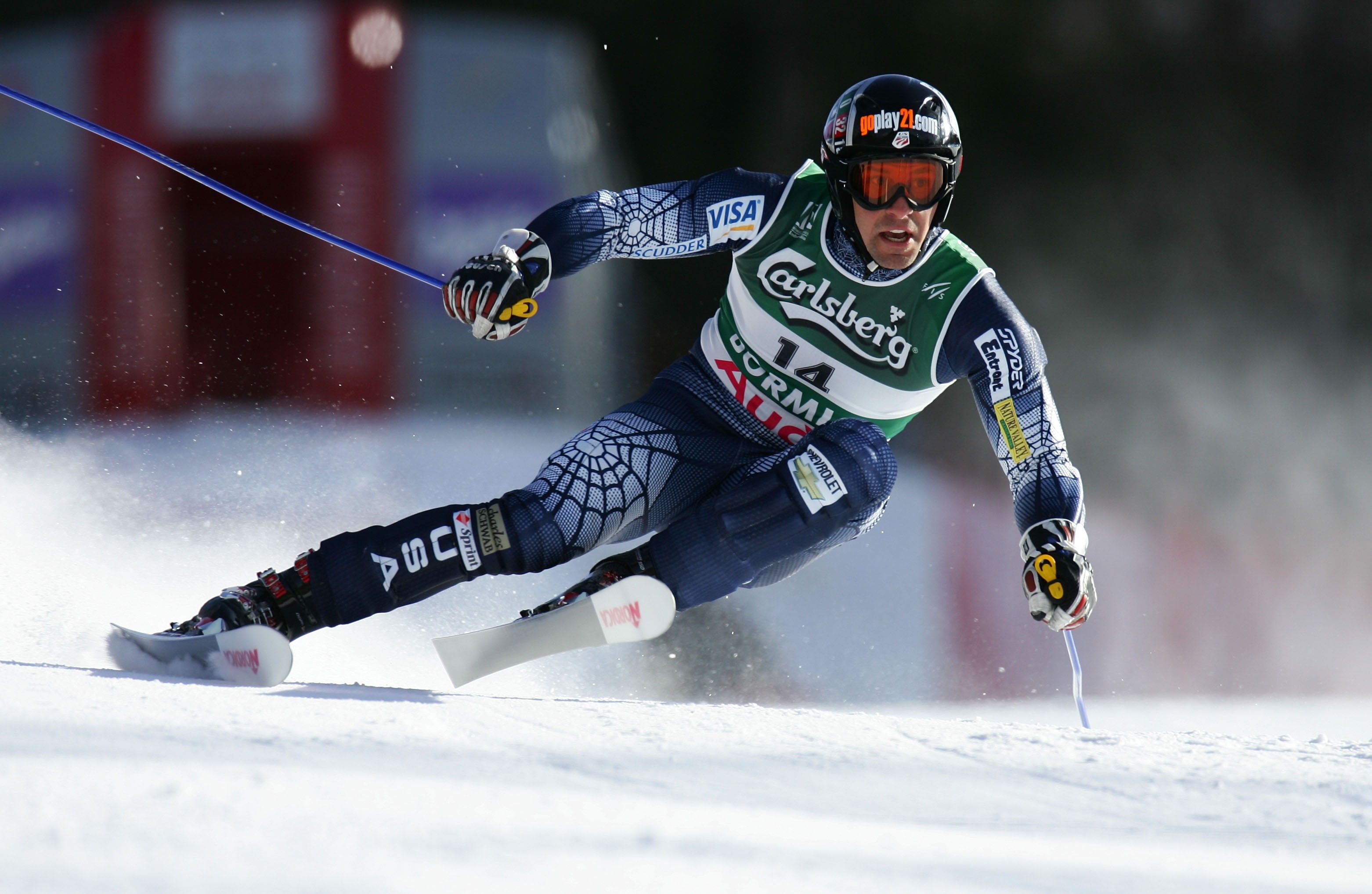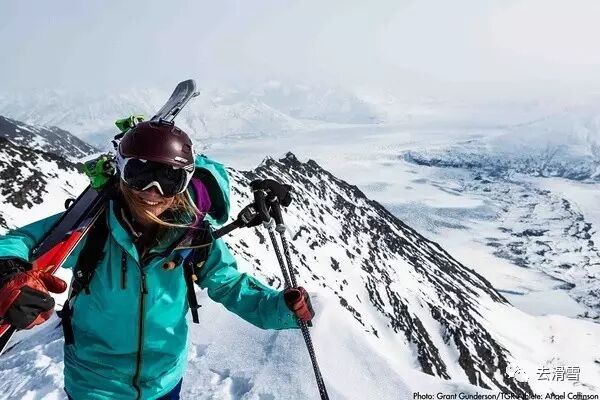I didn't expect Wanlong to look like this in mid-April.

Today, Old Editor (who’s just old in age—his editing skills and skiing technique have nothing to do with it) took a trip to Wanlong, departing from Beijing at 8 a.m. and returning by 5 p.m.
Chongli, the small county town, turned out to be livelier than I’d imagined—there were plenty of people on the streets. I wonder where everyone is coming from and what they’re doing during the off-season when there’s no snow. Across from Tang Inn, the steamed bun shop was surprisingly quiet, completely empty—maybe because it wasn’t quite lunchtime yet, even though it was past 11 a.m. Still, I grabbed two plain buns and some soy milk before heading back on the road, eager to keep moving.
The temperature in the small county town is 14 degrees, while at the Wanlong Ski Resort it’s 12 degrees. I’d assumed there wouldn’t be much snow left at this time of year, but sure enough, from afar we could already spot the long, white ski runs winding up the mountain. We parked the car just outside the ski equipment hall, snapped a few photos, and then set off on our hike upward.
First of all, I didn’t expect there to still be so much snow on the mountain. Earlier, a fellow skier in our group mentioned that even after climbing to the summit, there were still several groomed slopes available for skiing—his words turned out to be true.

The second thing I didn’t expect was seeing a gushing stream of water—yes, water flowing down from the mountain. It wasn’t a trickle; the flow was surprisingly strong, making me momentarily wonder if I’d somehow stumbled into some pristine, untouched forest park.
This water wasn’t just melting snow—it was actively cascading downhill, far more abundant than I could’ve imagined. And it kept flowing steadily, nonstop. Just thinking about how much snow must have melted to create this massive volume of water made me realize: if someone were using snow machines to produce this much snow, they’d need an astronomical amount of water, electricity—and probably a small fortune to boot!
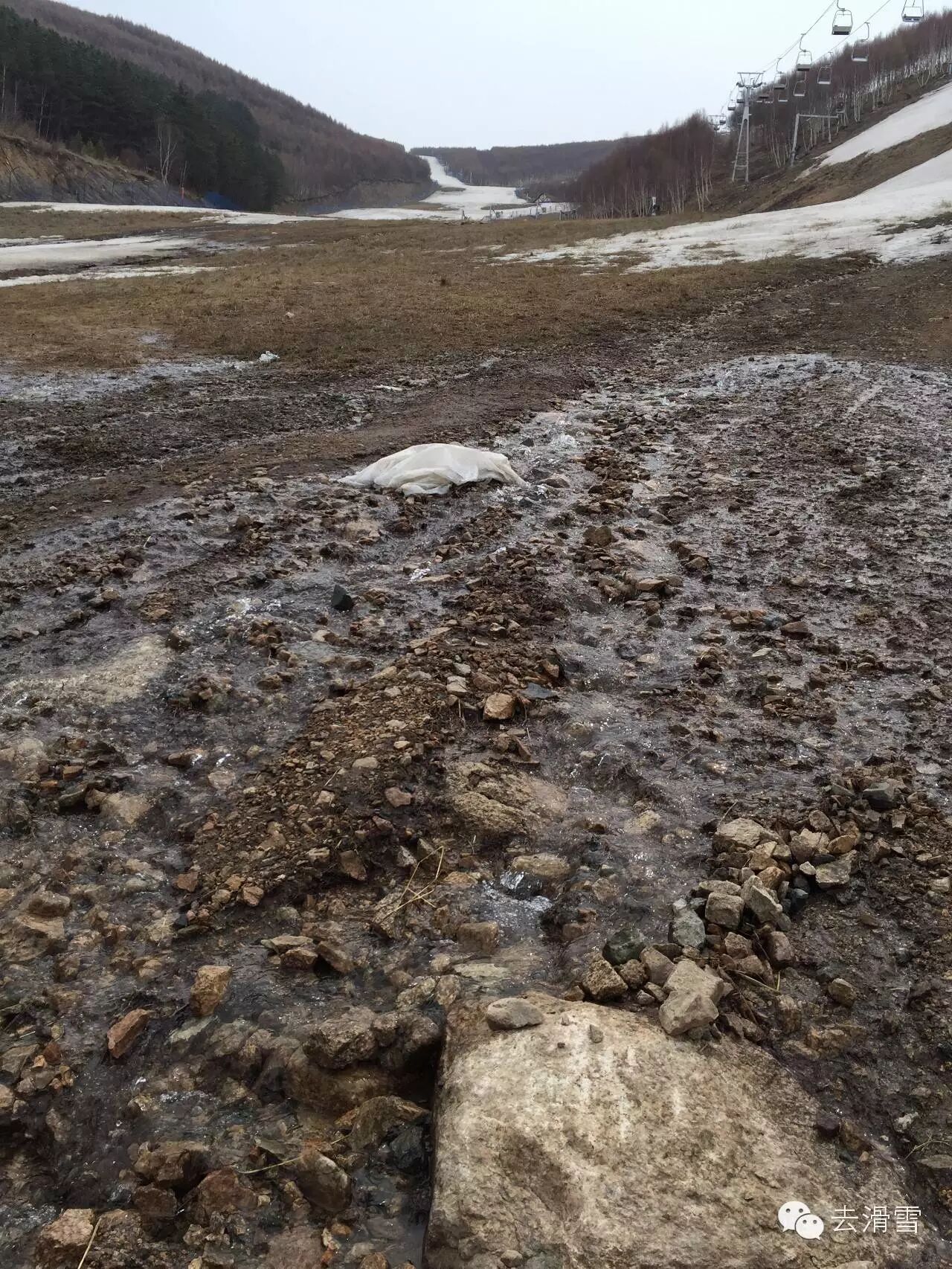
The third unexpected element was the drainage system on the ski run—far from being a makeshift solution like temporary sand-and-earth mounds designed to collect and redirect water, it actually incorporated pre-existing stone slabs that had been cleverly repurposed for drainage. When gliding down the Golden Dragon Run, did you ever stop to think there was something like this beneath your feet?
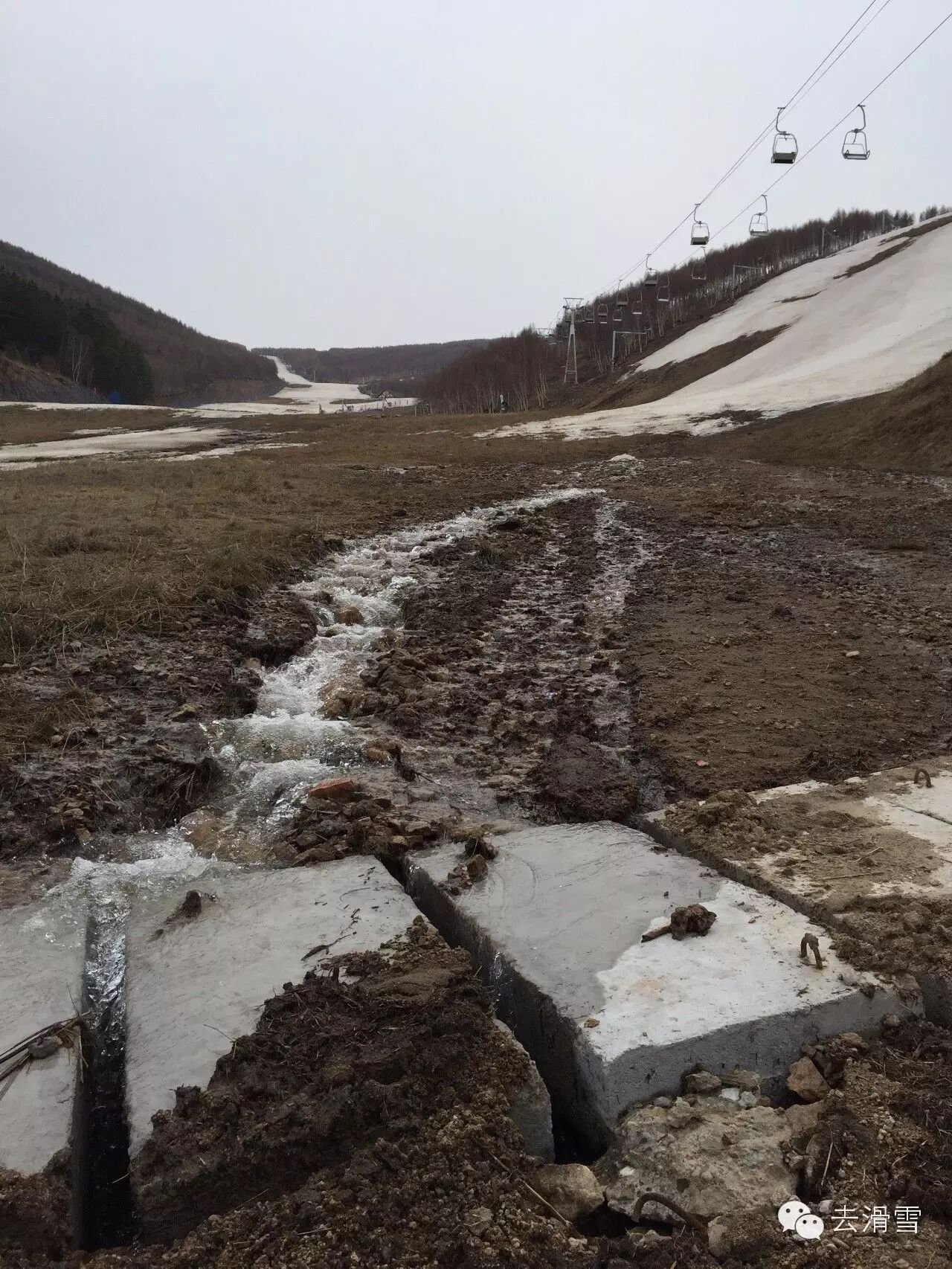
Fourthly, I didn’t expect hiking uphill to be so exhausting. Just 100 meters—or maybe a third of the way—between the lobby and the drop-off point for the beginner/intermediate trail at Cable Car No. 1, and I was already gasping for breath. Could it be the altitude? If that’s the case, tackling the mountain on snowboards would feel downright hopeless in terms of endurance.
Finally, we arrived in the valley at the top of Cable Car No. 1—and who would’ve guessed the snow would be so thick here? It actually reached right up to Old Editor’s thighs! Talk about a shock! I’m not a dwarf—this snow is seriously deep.
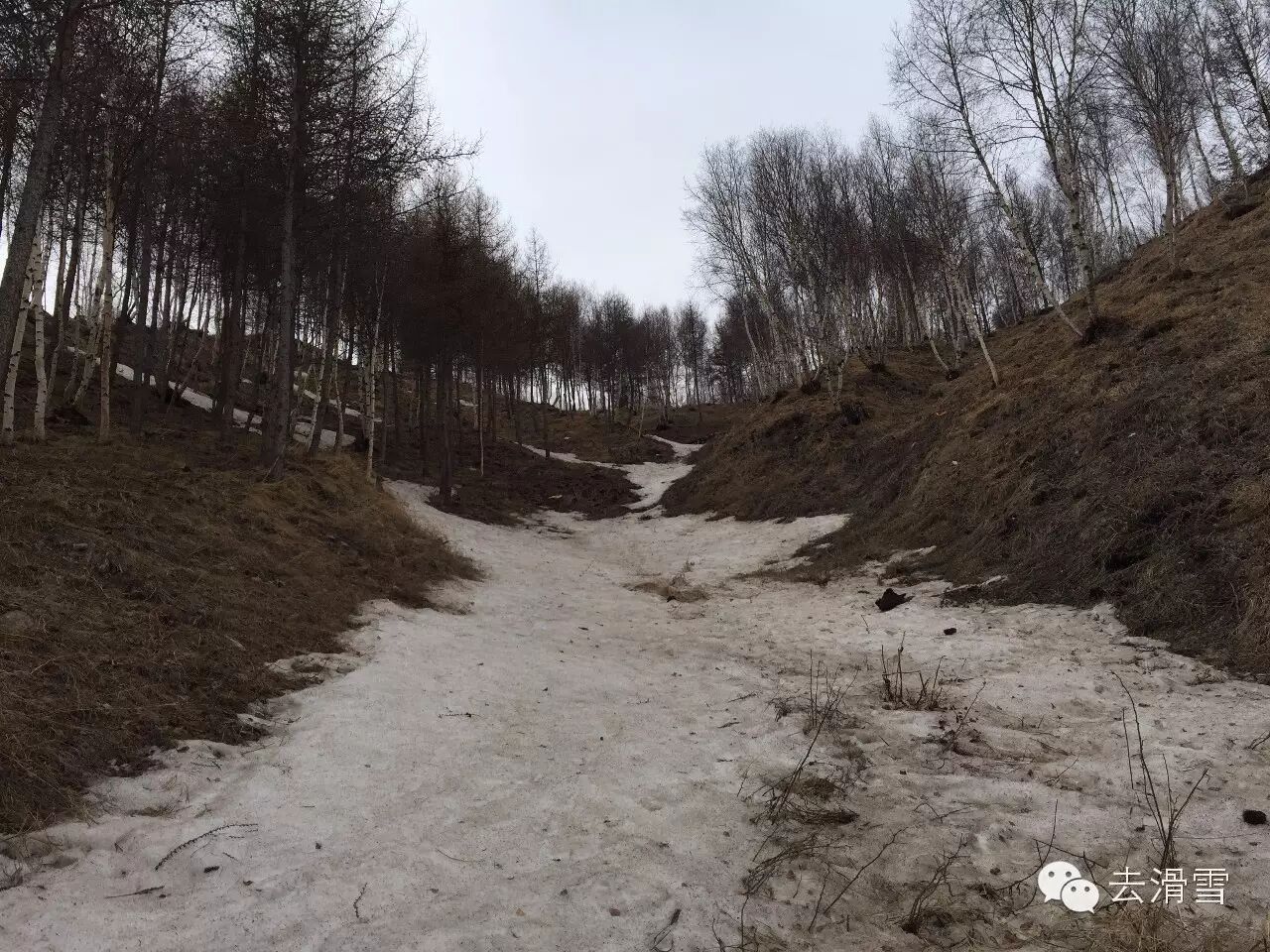

Leaving the valley and heading west across the area, the small grove I skied through two months ago felt both familiar and strange—but still utterly beautiful.

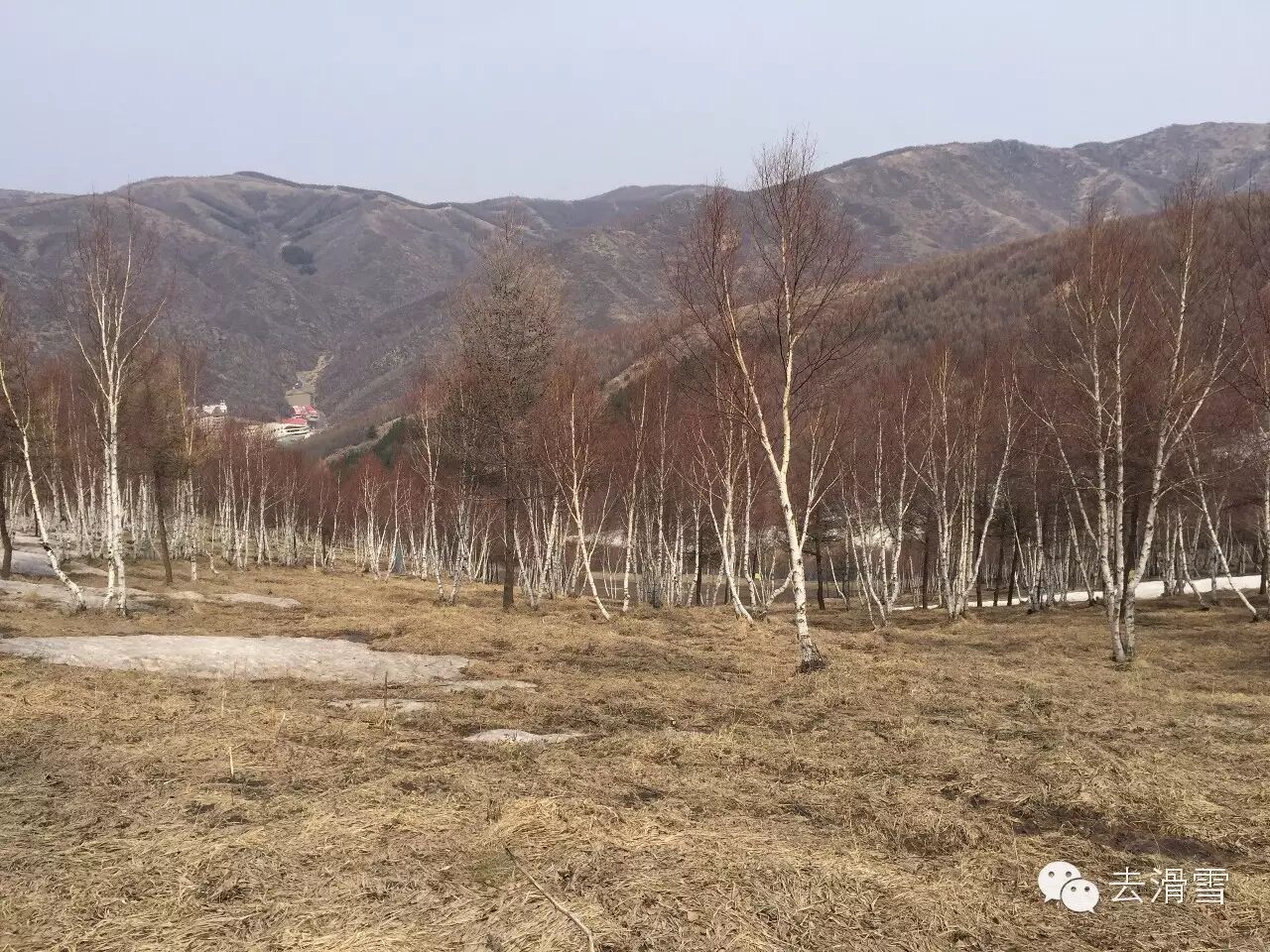
The sixth thing I didn’t expect was how well this catwalk has been preserved—Sugarsnow looks so smooth and gliding, yet thinking about all the big tumbles I’ve taken here makes me swallow hard before continuing on.
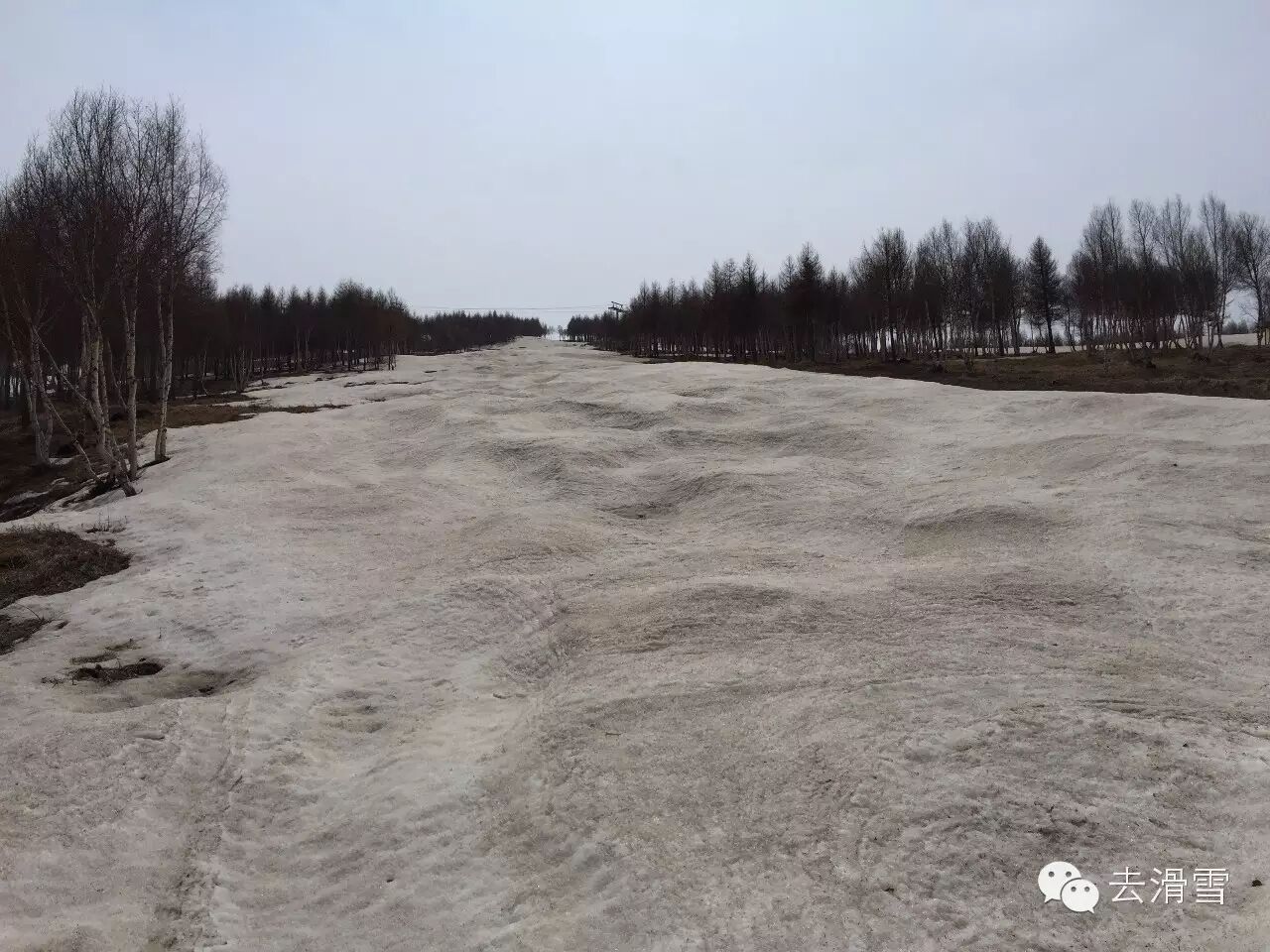

After wandering around the small woods east of Xuelong Trail for half a day, we finally realized we’d taken the wrong path. So we kept heading east until we reached the woods on the eastern side of Shuanglong Trail—and wow! The seventh unexpected twist: our snowboard was finally found! It’s the DPS board we lost during the very first snowfall of 2015, and today, after four fruitless searches—each involving significant effort from friends like Brother Mao (a sensitive term)—we’ve finally reunited with it!
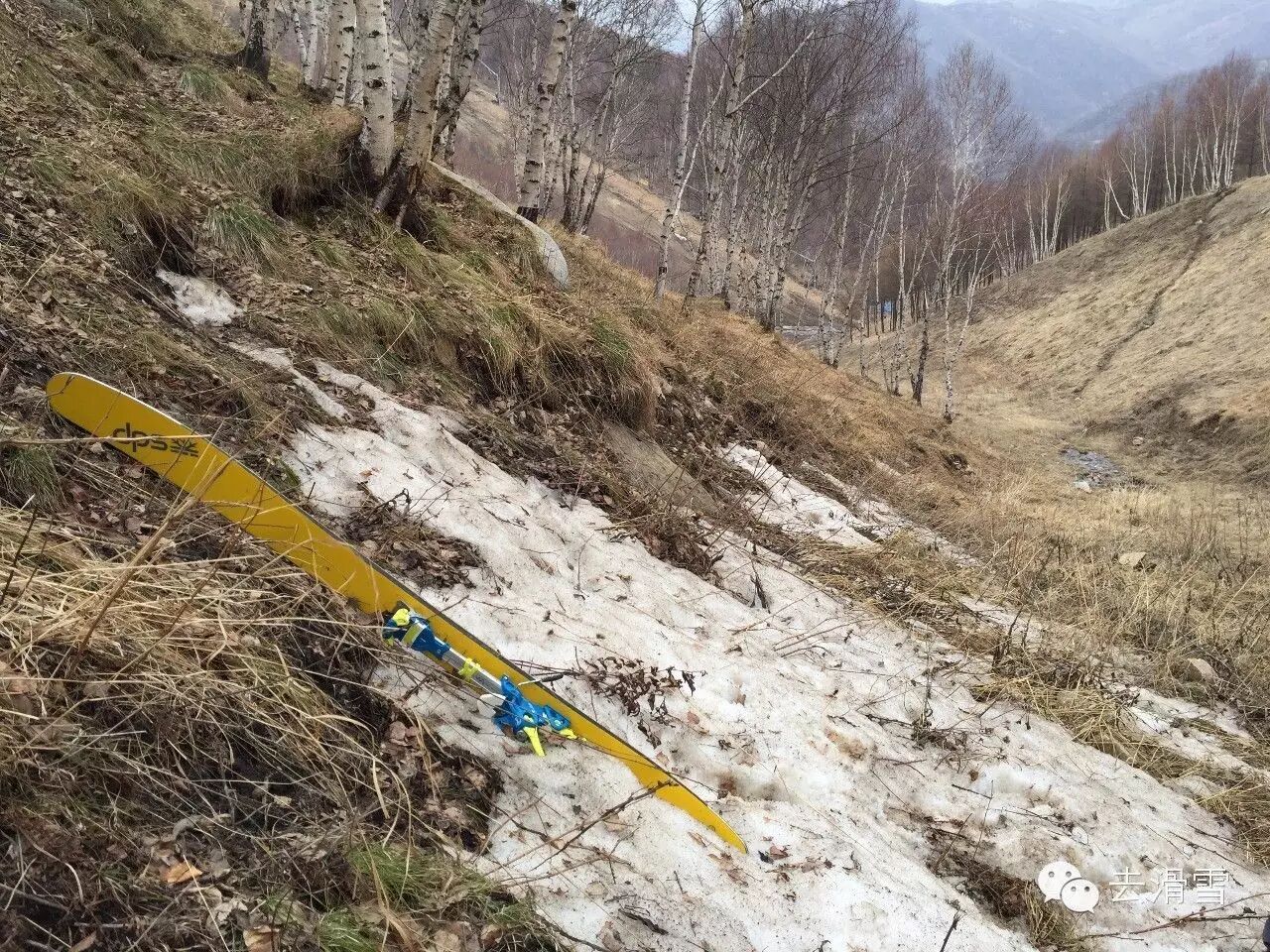

Compared to the happy Brother Mao, Old Editor feels deeply disheartened—has that Amarda TST snowboard Old Editor lost already been picked up by someone else, or is it still peacefully hibernating beneath the thick layer of snow?
Finally, here are two pieces of advice to share:
1. The terrain is generally good for deep powder snow, so it’s best to get a snowboard binding strap—this way, you won’t lose your board if it comes loose.
2. When hiking at non-snow-season ski resorts, make sure to wear outdoor climbing shoes—my editor’s running shoes have literally turned into stream-wading footwear, and the soft soles have led to countless ankle twists. It’s heartbreaking!
Finally, the editor plans to head to the U.S. to buy a professional metal detector, gearing up specifically for the snow season to recover lost snowboards, cameras, phones, and other items. So, what do you guys think—does this sound like a solid business idea?

